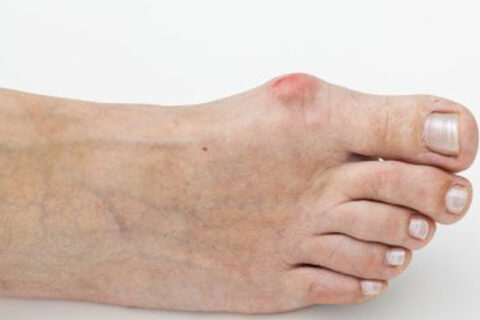Category: Hammertoes
Bunions are foot deformities that cannot be reversed non-surgically. If a bunion specialist in the Sugar Land area diagnoses you with this…
Are you in need of bunion surgery in Sugar Land? If so, then read on to learn about the reasons why this option might not be effective for every…
If you have ruptured an Achilles tendon, the road to recovery can be lengthy. Your foot doctor in Sugar Land will guide you through the process…
If you suffer from foot pain and previously underwent surgery to address that pain, only to find that your pain got worse afterwards, you may need…
Do you suffer from hammertoes? This condition can cause the muscles and connective tissues in the toes to contract, making the toes bend at a…



